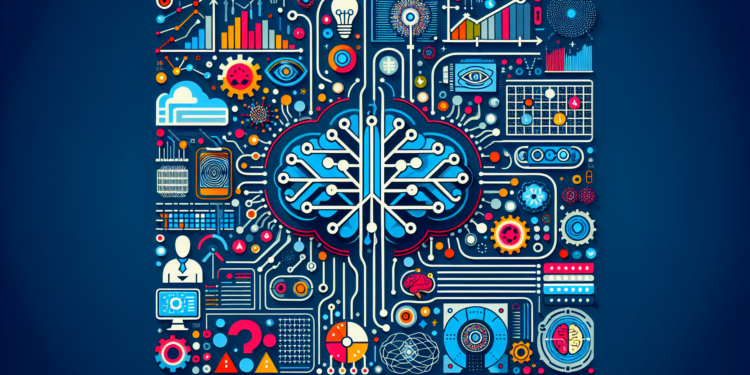Artificial Intelligence (AI) has revolutionized the way we interact with technology and how it can enhance our problem-solving and analytical capabilities. In the field of neural networks, advances continue to offer new angles for study and practical applications. One of the most recent developments is in the area of Continuous Neural Networks (CNC). This glossary aims to clarify and delve into the most advanced terms and concepts related to AI and CNC for a specialized audience.
Machine Learning (ML)
It is a branch of AI that focuses on developing algorithms capable of learning from and making predictions about data. Learning can be supervised, unsupervised, semi-supervised, or reinforced.
Artificial Neural Networks (ANN)
These are computational models inspired by the functioning of the human brain designed to recognize patterns. An ANN is composed of interconnected “neurons” that work together to produce an output from an input.
Continuous Neural Networks (CNC)
CNCs incorporate concepts from continuous mathematics into their structures, using techniques such as differentiation and integration to process information in a fluid manner and with a greater capacity to handle complex temporal and/or spatial signals.
Backpropagation
It is a method used in ANNs to calculate the gradient of the loss function with respect to each weight in the network, adjusting them in the learning process to minimize prediction error.
Deep Learning
A subfield within ML that uses neural networks with multiple (deep) layers to analyze large volumes of data. Deep learning is recognized for its ability to identify complex patterns and has been fundamental in the progress of AI.
Convolution
A mathematical operation used in signal processing and in convolutional neural networks (CNN) that allows filtering data inputs to extract features useful for recognition tasks.
Convolutional Neural Networks (CNN)
A type of ANN that uses the convolution operation in at least one of its layers. CNNs are particularly powerful in computer vision applications, such as image recognition.
Graphics Processing Unit (GPU)
GPUs are crucial in training neural networks due to their ability to carry out a large number of calculations in parallel, significantly speeding up the process.
Activation Function
A component of an ANN that introduces non-linearity into the model, which allows it to learn more complex patterns. Examples include the sigmoid function, ReLU, and hyperbolic tangent.
Overfitting
A phenomenon where an ML model learns details and noise from the training data set to such an extent that it performs poorly on new data.
Transfer Learning
A technique in ML where a model developed for a specific task is reused as a starting point for a different task. This is especially useful in deep learning, where large networks are trained on large datasets, and their weights are transferred for other uses.
Recurrent Neural Networks (RNN)
A type of ANN designed to handle data sequences, such as natural language or time series. An RNN has backward connections, allowing it to retain previously seen information.
Attention and Transformers
Attention mechanisms focus on improving the quality of information representation by weighing different parts of the input data. Transformers, which utilize attention, have revolutionized natural language processing (NLP) tasks by improving the way language models interpret contexts and relationships between words.
Generative Adversarial Networks (GAN)
A system composed of two neural networks, a generator, and a discriminator, that are trained simultaneously through an adversarial approach. GANs are known for their ability to generate realistic data, including images and audio.
Gradient Descent
An optimization method used to update the weights of an ANN. Basically, it iteratively adjusts the parameters to minimize the cost function.
Regularization
A set of techniques used in ML to prevent overfitting. This includes methods like dropout, which consists of randomly deactivating neuron outputs during training to prevent excessive dependencies between nodes.
The constant innovation in AI techniques and the growing depth and applicability of neural networks demand an evolution in terminology and concept. CNCs, for example, are part of a new horizon in information processing that could result in significant advances in how machines interact with dynamic and real-time data, with profound implications in fields as diverse as personalized medicine, autonomous robotics, and climate modeling. A complete understanding of these terms not only enriches professional knowledge but also allows experts in the field to contribute effectively to the progress of disruptive technologies and the benefit of society as a whole.






















